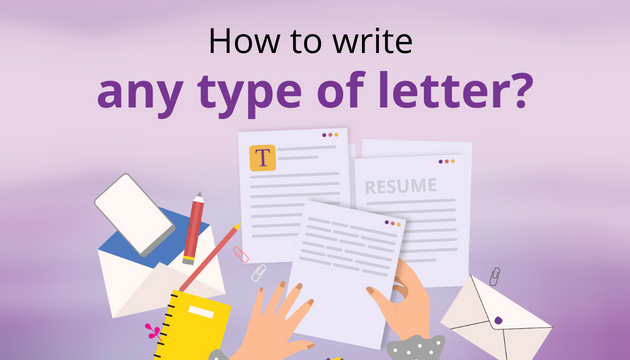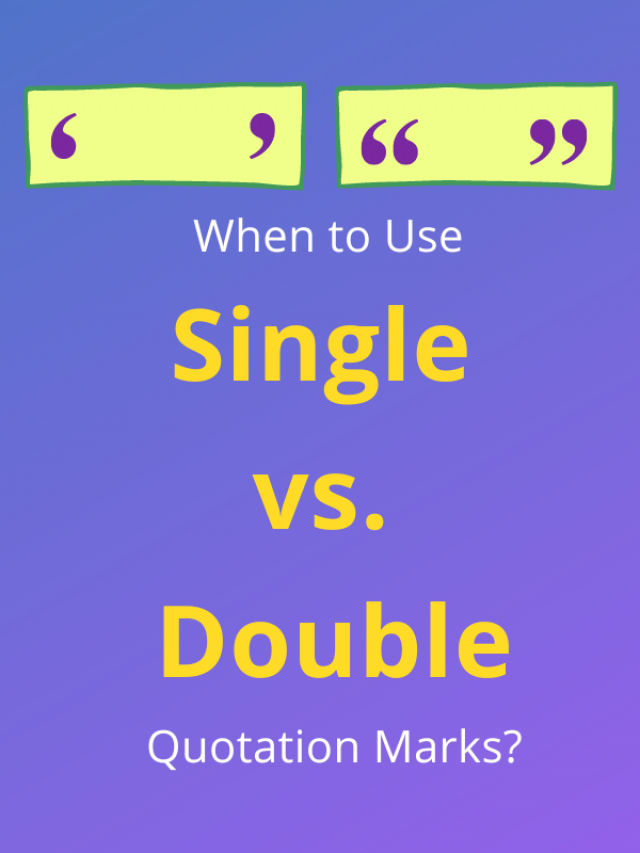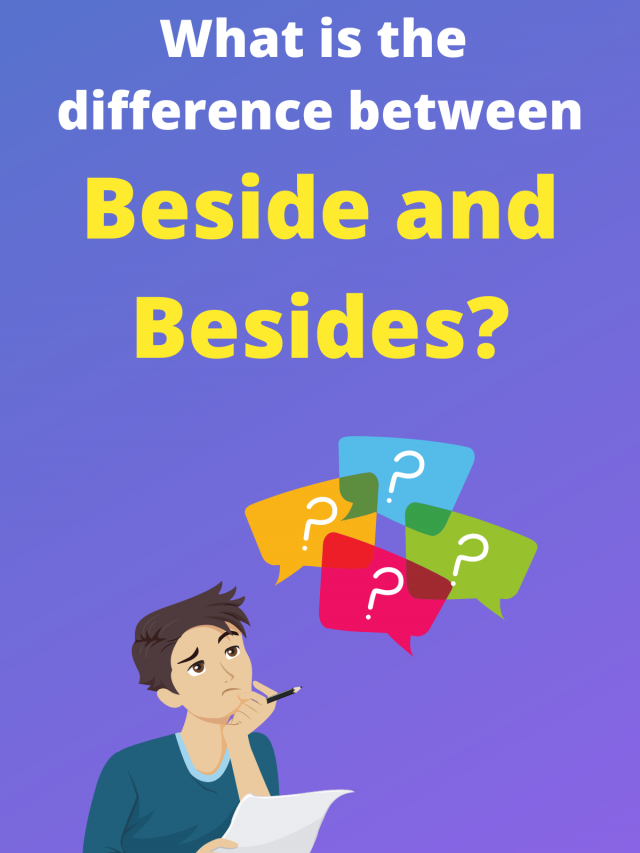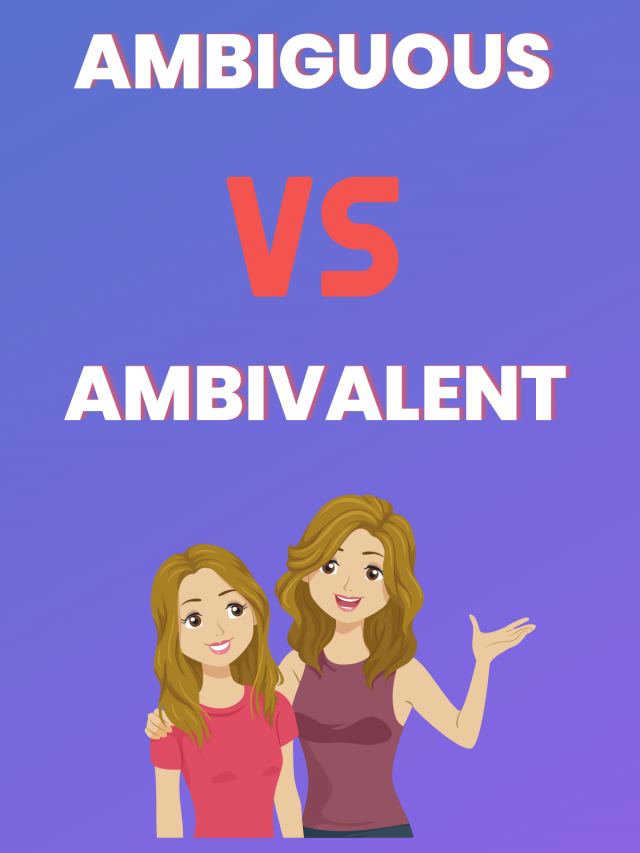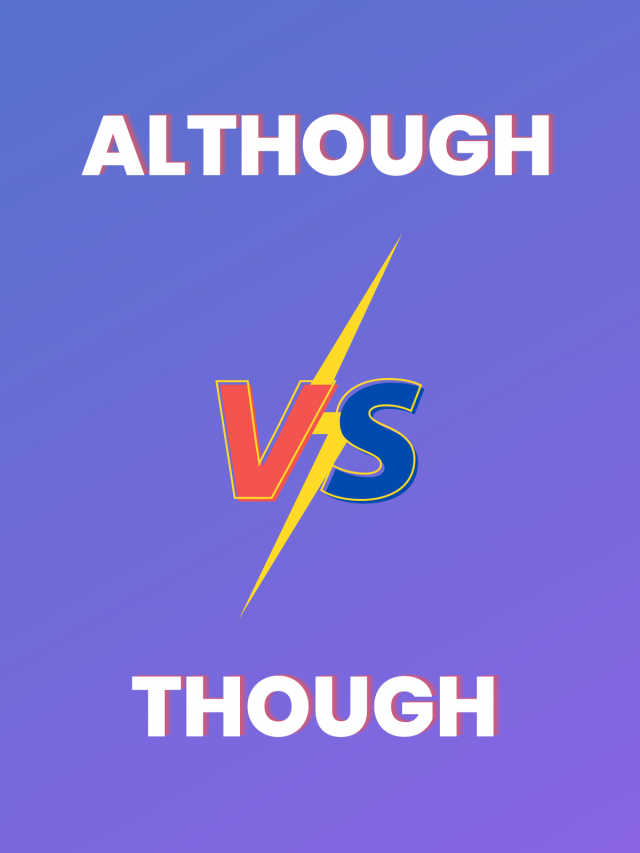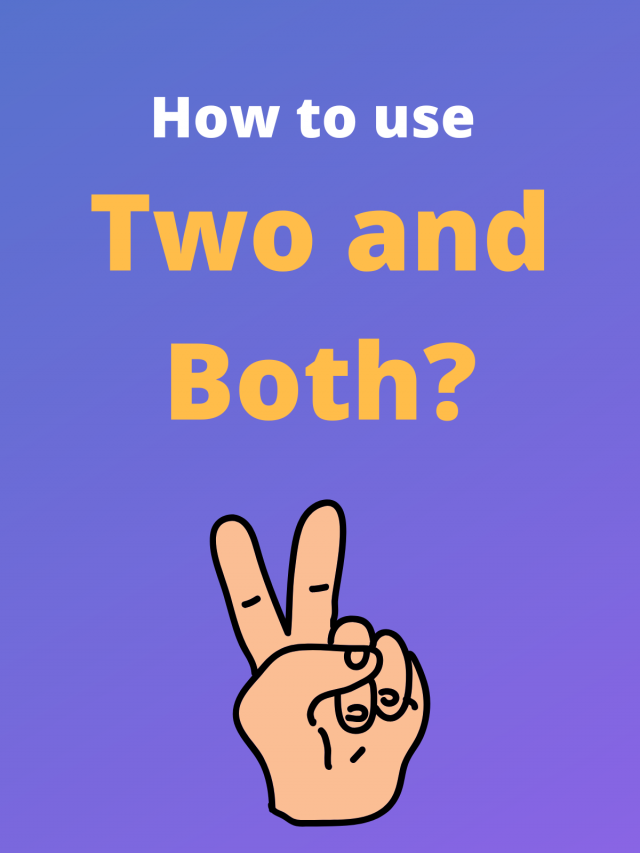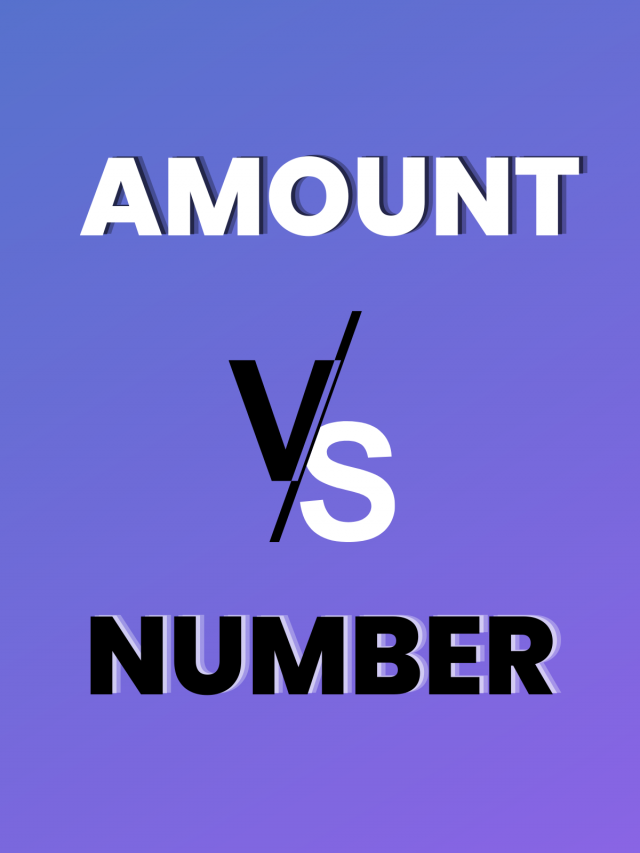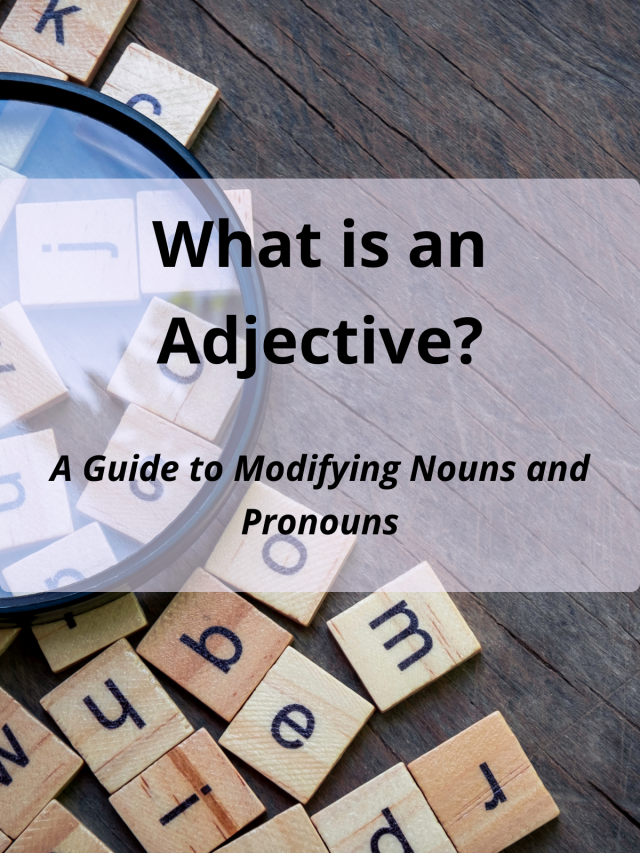Letter-writing? In this day and age? While handwritten letters may seem like a hobby your grandmother had, the art of letter-writing in fact is still alive and well. Writing a good letter is a key skill for job seekers, prospective students, and adults in all walks of life.
If you need to respond to a court notice, complain about poor service, or simply say hello to a friend or relative with a nice card, you need to know how to write a letter.
Because writing letters is a less common form of communication these days, a handwritten letter can often have a greater impact than an email.
Let’s look at what distinguishes a formal from an informal letter, think about situations that might require letter-writing, and check out some examples of each.
Table of Content:
Formal vs. Informal Letters: What’s the Difference?
There are two main types of letters: formal and informal. Formal letters are generally required for business or professional purposes.
If you are communicating with a government entity or institution, you will need to write a formal letter. Informal letters, on the other hand, are usually for personal correspondence.
You might write a formal letter in order to:
- Apply for a job (cover letter)
- Submit a manuscript for publication
- Complain about poor service or product quality
- Share a business proposal
- Solicit a new client
- Respond to a court notice or summons
- Request a tax refund or submission deadline extension
In contrast, you would likely write an informal letter in order to:
- Thank a kind teacher or helpful employee
- Say hello to a friend
- Break up with your partner
- Wish your relative a happy birthday
- Send holiday greetings
There are clear format and language differences between informal and formal letters. Informal letters usually begin with a greeting and end with a closing, but the body of the letter does not have to follow any rules.
You can use slang, include drawings or jokes, and write about whatever you want. Formal letters, on the other hand, usually follow a strict format.
They use more formal language and sentence structures, avoiding contractions and favoring passive sentence constructions.
Let’s look at some examples.
What Does a Formal Letter Look Like?
Formal letters are usually structured as follows:
- A formal greeting
- Brief introduction stating your purpose for writing
- Main body
- Closing section stating what action the recipient will take
- Signature and contact information
The most common way to begin a formal letter is with “Dear (Name).” You should always make sure you use the appropriate name and title. In English, this is usually Mr. for a man and Ms. for a woman.
While you can use Mrs. for a married woman and Miss for an unmarried woman, in modern correspondence, it is generally preferred to use Ms., which does not specify marital status.
If you do not know the name of the person you are writing to, you can say “Dear Sir/Madam” or “To Whom it May Concern.”
The introduction of your letter should be very simple. “I hope this finds you well” is very common, but you can also get straight to the point and simply say “I am writing in order to…”
You can then transition into the main body of your letter, where you explain the details of why you are writing this letter.
In the closing section, make sure to specify what action you hope the letter’s recipient will take.
Finally, sign off with “Best regards,” “Sincerely,” or something similar. Make sure to include your name and contact information so the person knows how to reach you.
You can refer to the following example of a formal cover letter:
Dear Sir/Madam,
I am writing to apply for your astronaut training program.
After high school, I entered the U.S. Navy because I wanted to defend my country and see the world.
When I studied mathematics at the University of Santa Monica afterwards, I found a passion for solving technical puzzles and understanding the patterns that form our world.
Now, I hope to represent not just my country but humanity by going into space and understanding the patterns that form the universe.
I can say with confidence that if you admit me into your training program, I will work hard to become the best astronaut you have ever seen.
I believe that humanity is going to Mars, and I would like to lead that mission. I hope you will consider my application favorably.
If you have any questions regarding my application or fitness for this program, please do not hesitate to contact me at 720-666-6842.
Best regards,
Jonathan Kim (Mr.)
Final Letter Writing Tips
Writing a letter can make a big impression on the recipient. Nowadays, many people receive hundreds or thousands of emails daily in the course of their work.
But it is rare to receive a personal letter, which is why a letter can still make a big impact in today’s digital world. Regardless of whether you are sending your letter via physical mail or submitting it digitally as part of an application, a well-written and properly formatted letter can make a big impression.
It’s critical to edit and proofread your letter before you send it. This will ensure that it has the impact you desire.
After all, misspelling someone’s name or making a basic grammatical error can easily give your reader the impression that you are sloppy and not professional. In contrast, a perfectly written letter will come across as professional and classy.
If you want help editing and proofreading your letter, you can try an AI service like Trinka, which can check for typos and suggest better wording.
The program can also make suggestions to ensure your tone is sufficiently formal (for formal letters) Whether or not you use an AI editing service, make sure that you don’t send out your letter without reviewing it first.
For an extra layer of accuracy, using a grammar checker will help ensure your writing is error-free.
Now that you know how to write a letter, brighten someone’s day by sending them a personal letter!

